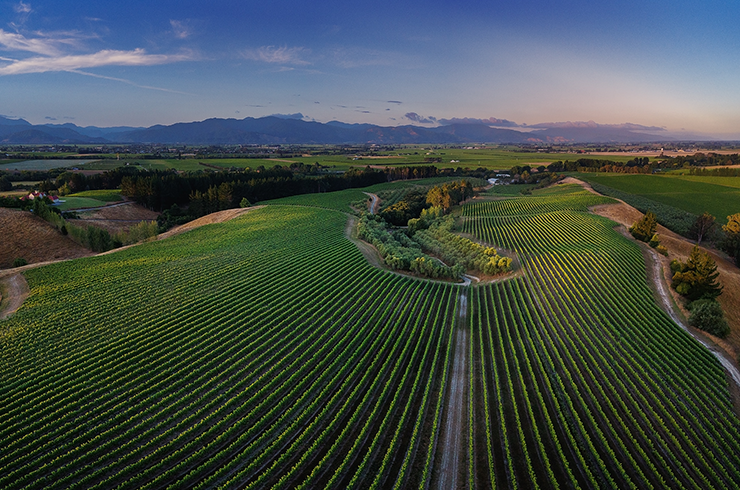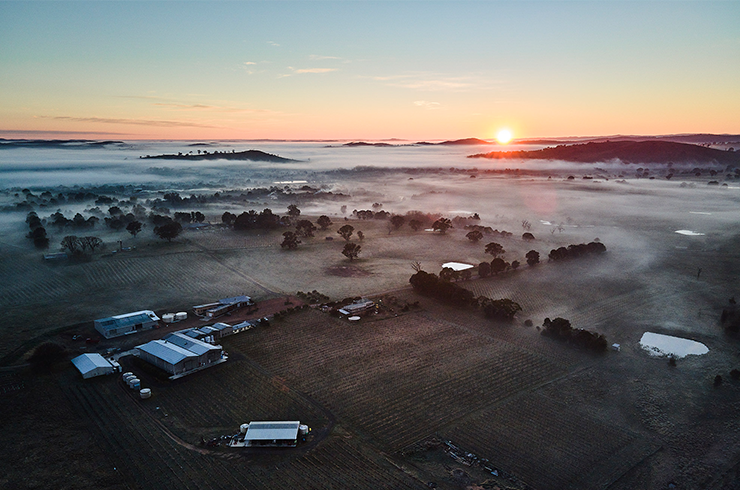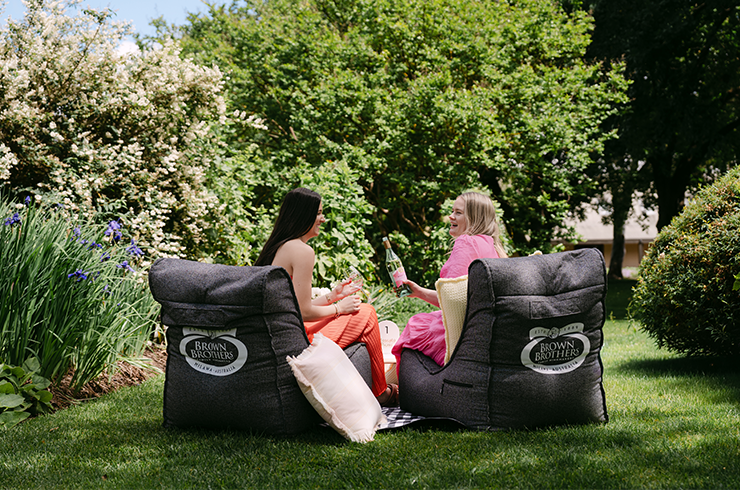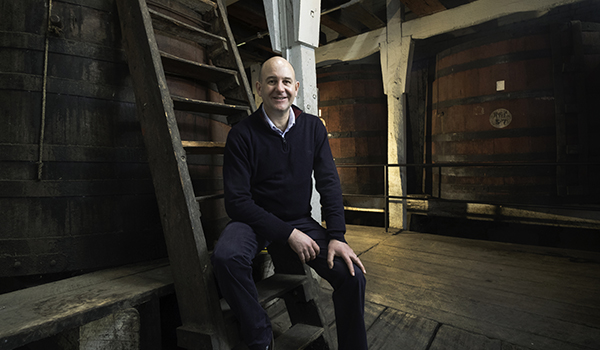
Paul Hotker at Bleasdale: It’s all about balance
Langhorne Creek gets less of the limelight than its South Australian neighbours, but this region is the source of some of the country’s best-loved red wines (wineries in places like the Barossa look to Langhorne Creek as a provider of luscious red fruit). Bleasdale is a pioneer of cabernet sauvignon in the region, with founder Frank Potts planting the first vines in the 1800s. Here, we hear from Halliday award-winning winemaker Paul Hotker on the approach.
Q: What do you look for in a cabernet sauvignon?
A: We’re inspired by wines from the variety’s home in Bordeaux, as well as the kinds of wines we like to drink – fresh-fruited, medium-bodied examples that are balanced, complex and distinctive.
Q: What kinds of characters are particular to Langhorne Creek?
A: Cabernet sauvignon from our region has generosity of flavour, with blackcurrant, blackberry, red berry, violet, and sage characters.

Gwyn Olsen at Pepper Tree Wines: Choosing the right site
Pepper Tree winemaker Gwyn Olsen is one of the Hunter Valley's brightest stars and, using fruit from the South Australian region of Wrattonbully, she’s achieving wonderfully approachable cabernet sauvignon wines.
Q: What’s special about the Wrattonbully region for cabernet sauvignon?
A: We’ve been able to create many award-winning cabernets from our Wrattonbully site. This singular block produces grapes that ripen with a good balance of tannin and acidity, all the while maintaining a robust fruit presence.
Q: How would you describe the Pepper Tree Wines cabernet style?
A: Lovely fruit expression, tannin balance and a deep sense of place. It's a great love of ours.
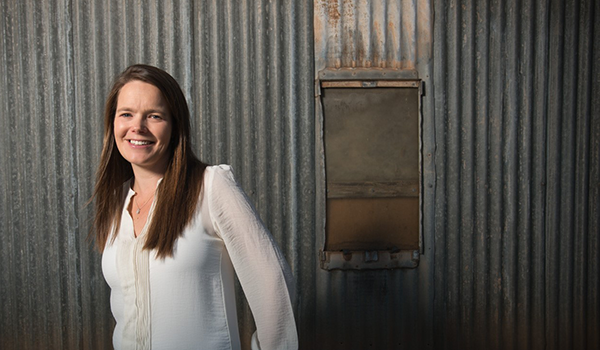
Kim Jackson at Shirvington: Class act
This McLaren Vale winery treats cabernet sauvignon like the noble grape that it is, aiming to achieve an elegant style. Winemaker Kim Jackson shares a bit about the history of Shirvington’s cabernet vineyards and how she works with the fruit in the winery.
Q: Tell us about your approach to cabernet sauvignon.
A: It’s the king of grapes and a variety that deserves respect. I aim to harvest just as the greenness falls away, so that I can capture the fruit’s natural, restrained beauty and ripe tannins.
Q: Is there something significant about the place it’s planted?
A: The Shirvingtons chose a beautiful site, with rich, red soil over limestone providing the perfect environment for growing small intensely flavoured grapes. The story goes that the cabernet sauvignon they planted replaced one of the best almond groves in the district.
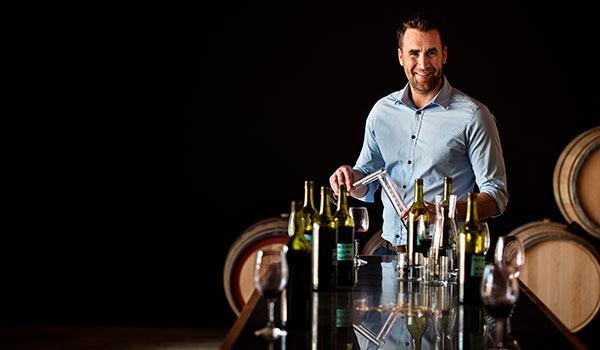
Daniel Swincer at St Hugo: Getting the blend right
Barossa-based winery St Hugo has been kicking goals with cabernet sauvignon since the early 1980s, relying on the winning formula of careful vineyard selection – looking to South Australian neighbour Coonawarra for its haloed red soils and strong performance with the variety – and a meticulous approach in the winery. Winemaker Daniel Swincer explains.
Q: How do you work with cabernet sauvignon?
A: The best parcels of grapes are chosen from blocks in the north of Coonawarra and then we craft it in small batches, leaving it to mature in our cellar prior to release.
Q: What’s the secret to getting it right?
A: You have to harness the potential of the vineyard, balancing the power of the fruit with fine tannins to create wines that are the best expression of each vintage and that will age gracefully.

Glenn Goodall at Xanadu Wines: WA all the way
Western Australia’s Margaret River produces cabernet wines of great acclaim, with a climate that’s been compared to France’s Bordeaux – the grape’s heartland. Halliday award-winning winery Xanadu has an excellent track record with the variety, having taken home national trophies for it every year for nearly a decade, and is well placed to say what makes a top example of the wine.
Q: Is there a trick to producing consistently acclaimed cabernet?
A: Getting it right in the vineyard and harvesting at the right time is key. Physiologically ripe cabernet from Margaret River is a beautiful thing, so treating the fruit with enough respect to preserve regional and varietal integrity is the main aim.
Q: What makes Margaret River cabernet among the best in Australia?
A: Cabernet is very expressive of its origins and our maritime climate produces examples that typically offer cassis, mulberries and black plums, with hints of bay leaf and a generous yet refined palate. It really is Margaret River in a glass!
Learn all you need to know about cabernet sauvignon in our essential guide.

